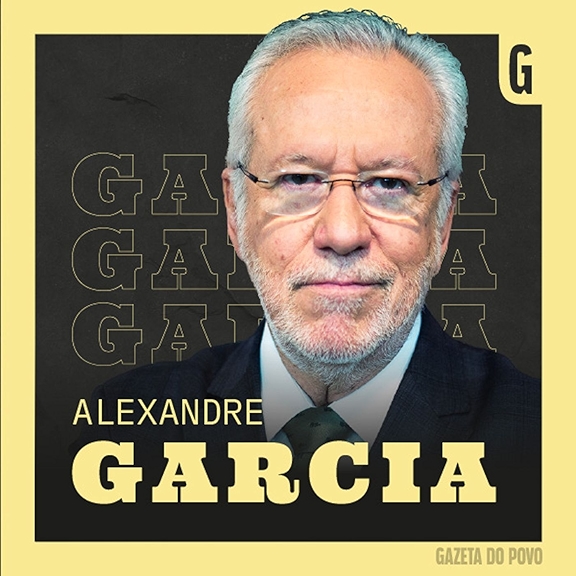
Ocean CDR is attracting attention from many corners of the climate community. In recent episodes, we’ve covered global policy developments in Ocean CDR regulation and research with Wil Burns and the business challenges in the space with two startups working to develop commercial methods to remove CO2 from the ocean.
On this episode we complete the trilogy with a look at some recent science on the topic, focusing on the outstanding scientific questions that we’ll need to be answered before Ocean CDR can be deployed safely and effectively.
First, we look at a 2021 paper from D A Siegel et al., which assesses how long CO2 stored in seawater will remain sequestered in the ocean based on the given location and depth of the process.
Then we’ll discuss a Perspective piece from Nature: Ecology and Evolution from Boyd, Bach, and Hurd et al. Researchers suggested some possible unintended ecological consequences of proposed large-scale kelp planting, such as widespread drift of kelp into new ecosystems and the spread of invasive species. The authors outlined potential research metrics which should be established to evaluate the safety of ‘ocean afforestation.’
Joining us on this episode to talk about the scientific challenges of assessing the safety of ocean carbon storage are Dr. Shannon Valley, United States Geological Survey Postdoctoral Scholar at Woods Hole Oceanographic Institution, and Dr. David Ho, a professor at the University of Hawaiʻi at Mānoa.




















